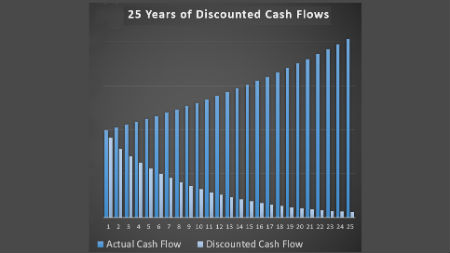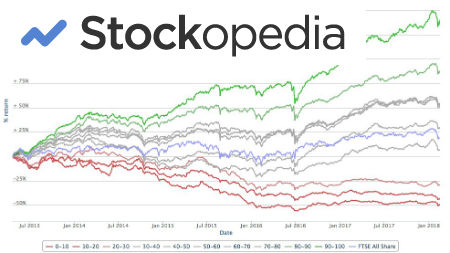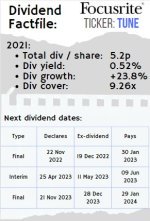Dividends and sequence risk
by Marc Thomas
(Johannesburg South Africa)
Q: With sequence of returns risk being a major threat to retirement success, can dividend income address sequence risk? Why or why not?
Mike from RetireOnDividends.com answers:
Hello Marc,
You're right that sequence of returns is a very real risk in retirement. This is why we can't stress enough the importance of always having enough easily accessible cash to meet your needs. We believe you should only have cash invested in the stock market that you definitely will not need for a minimum of five years (I'm even more conservative myself). This is to protect you from being forced to sell at a time of depressed prices.
Dividends can definitely help, though, and is a reason we like them so much. Dividend income in aggregate is generally much more stable than stock prices. For example, since 1900, every single decade (including the 1930s) saw average dividends increase in the US market*. Of course, dividends can be cut but if you need a return from your stocks then spending the dividend income can help you.
A company such as Johnson and Johnson has not cut its dividend since 1962. At the moment they are paying 84c per share so if you own 1,000 shares then they will send you a check for $840 every quarter. This is cash you can spend or reinvest as you see fit.
Some great stocks (like Berkshire Hathaway) don't pay dividends. Most of the time, the market values stocks at a reasonable level, so you can effectively create your own income by selling a small portion of your holding every year. The danger is that you sell when prices are depressed. If prices are obviously depressed then you should look for other sources for the cash.
I've rambled a little bit here but the key is to put yourself in a position where you are never a forced seller. Dividend income and regular cashflow is definitely something that can help with that.
Mike
*The Intelligent Investor chapter 3
Comments for Dividends and sequence risk
|
||
|
||
Got a BURNING dividend question for 6-figure dividend earner Mike Roberts?
What is it that you really want to know about investing?
Submit a query and Mike will write a page in response.
PLEASE NOTE - in accordance with our terms of use, responses are meant for education / interest only. We do not give specific financial advice.
What Other Visitors Have Said
Click below to see contributions from other visitors to this page...
Retirement Calc dividend stocks 




If your retirement income is based on dividends and not selling stock, retirement calculators with sequence of returns built in would not model the income …



